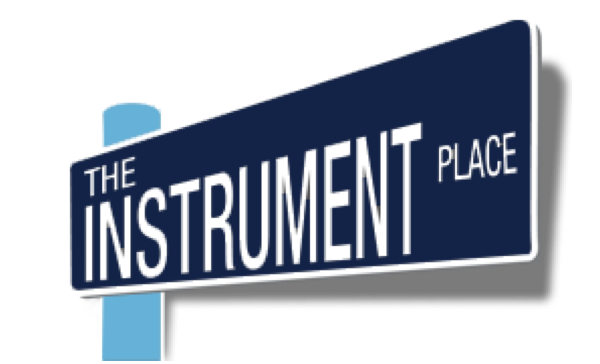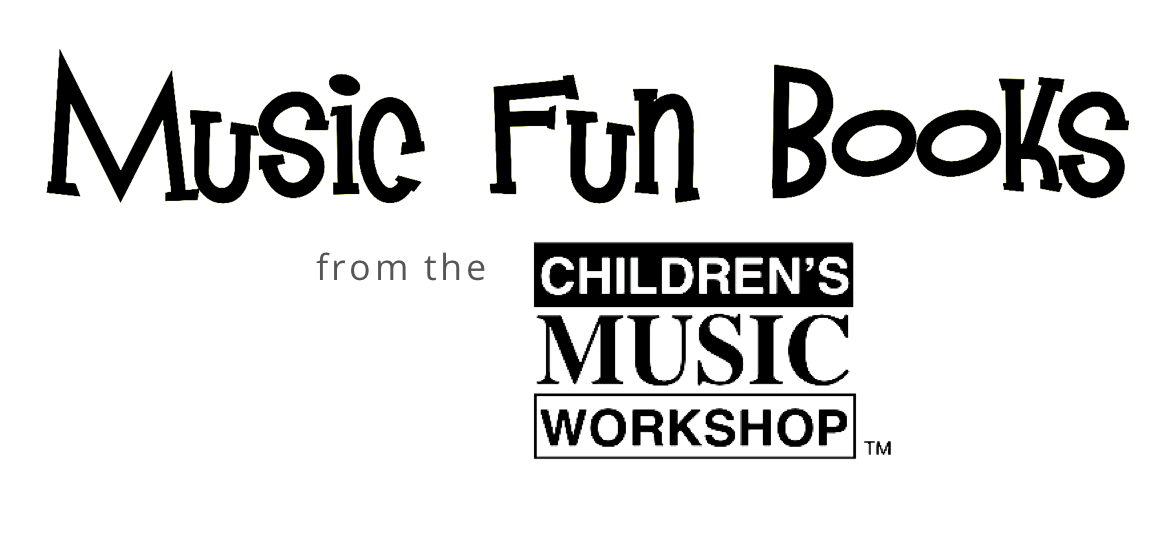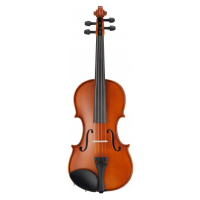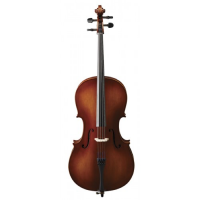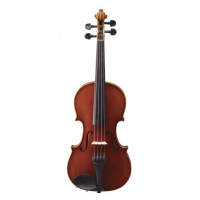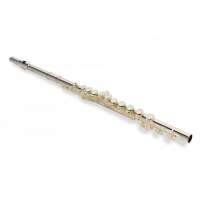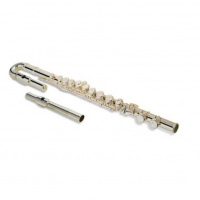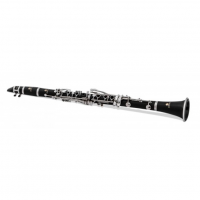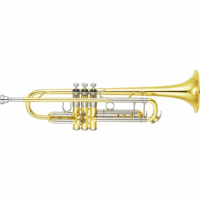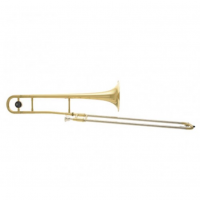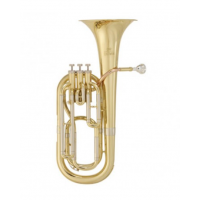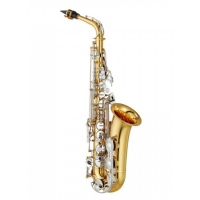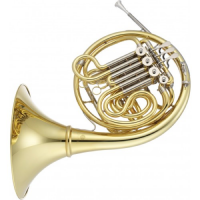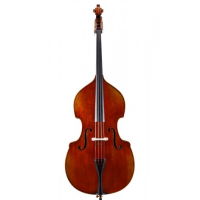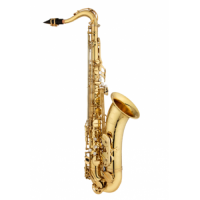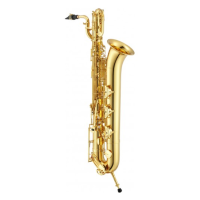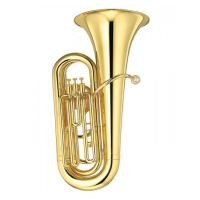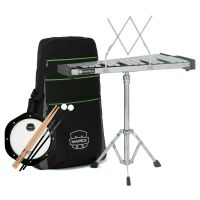History of the Bassoon
How well do you know the history of the bassoon?
As with many instruments with ancient origins, the exact predecessor of the bassoon is hard to pin down definitively. There are several historic instruments that predate what we think of as the modern bassoon, but none were actually supplanted completely by the bassoon.
Throughout the Middle Ages, there is extensive documentation and surviving examples of instruments that bear resemblance to bassoons called shawms. These early wind instruments were made with either single or double reeds and were a common sight in Europe. One type of shawm called the "bombarde," which was a cylindrical tube with seven sound holes and played with a double reed, was particularly bassoon-like.
During the 16th century, instrument makers developed a whole range of bombarde shawms that reached lower and lower in range to meet the expanding demands of Renaissance period music. Eventually, this experimentation reached a point that the instrument itself was so long (almost 3 meters) that it was almost unplayable and physically difficult to manage.
The solution to this problem was to fold the tube in the middle in a manner already seen in brass instruments, in the shape of a "u." This halved the overall length of the tube and put its entire body back within easy reach of the player. On the player end of the tube, an s-shaped tube was fastened and topped with a double reed. The other end of the tube was flared to spread the sound as it emerged. This early instrument was known as the dulcian.
Like the bombarde, dulcians were made in a variety of tunings. Their primary use in the late 16th to mid 17th century was to double the bass line of choral pieces. Interestingly, the bassoon got a popularity boost in 1644 when church reformists banned the use of the wind organ in church, ushering in a time when small groups of instruments provided music for services. It wasn't until the mid 17th century that composers began weaving solo passages for the dulcian into opera, where the pieces were not always as traditional as in the sacred music space.
The first instrument to be called a "bassoon" was developed in the mid 17th century. The body of the bassoon came apart into four pieces, known as the bell, long joint, boot and wing joint, and it featured three keys. The range of the instrument was a full step lower than the dulcian, which put it as low as any other instrument in the orchestra. However, the new woodwind instrument was missing two important tones in the scale, so it lacked true chromaticism.
Throughout the 18th century, instrument makers experimented with the number, function and placement of keys to try and maximize sound quality, make fingering more natural and permit easier overblowing. But the bassoon was still unable to produce two tones in the chromatic range and the instrument lacked refinement and consistency of sound throughout the scale.
In the late 19th century, two competing schools of instrument makers -- Buffet in France and Heckel in Germany -- developed their own variations on the bassoon to improve intonation, fingering layout and tone. These two variations still persist today, with the Heckel system being the most popular around the world. However, the Buffet system is still popular in parts of Western Europe and Latin America.
The Heckel bassoon is credited primarily to a teacher and composer named Cael Almenrader. He wrote extensively about technical improvements to the bassoon and experimented widely with new designs while working at an instrument factory. In 1831, he formed his own instrument company with Johann Heckel. After his death, the company continued to refine his designs and entered the 20th century as the largest player among the bassoon makers.
The Buffet system has not fared as well over the years as the Heckel system, but the instrument still enjoys a fan base today because of the quality and distinctiveness of its tone compared to the more commonly heard tone of the Heckel. Buffet was a system centered around improving keywork, while the Heckel bassoons were based on innovations in all areas of bassoon sound production. This meant the Buffet bassoon fell behind the Heckel in terms of overall sound quality over the years. However, enthusiasts say that a Buffet bassoon in the hands of an expert player has a quality of expression that is unmatched.
Famous Bassoon Players
The bassoon is thought of as mostly a classical instrument, but it is heard prominently in jazz and occasionally in rock music as well.
Famous classical bassoon players include Judith LeClair, Simon Kovar, Arthur Weisberg, Robert S. Williams, Sol Schoenbach, Bernard Garfield, Benjamin Kamins, Hugo Fox, Marvin P. Feinsmith and Garvin Bushell.
Well known jazz bassoon players include Marshall Allen, Frank Tiberi, Karen Borca, Illinois Jacquet, Jacier Abad, Alexandre Silverio and Alexandre Ouzounoff.
In rock and pop music, the bassoon is heard occasionally. Bassoon players who have appeared on rock records include Charles Sirard, Lindsay Cooper and Brian Gulland.
